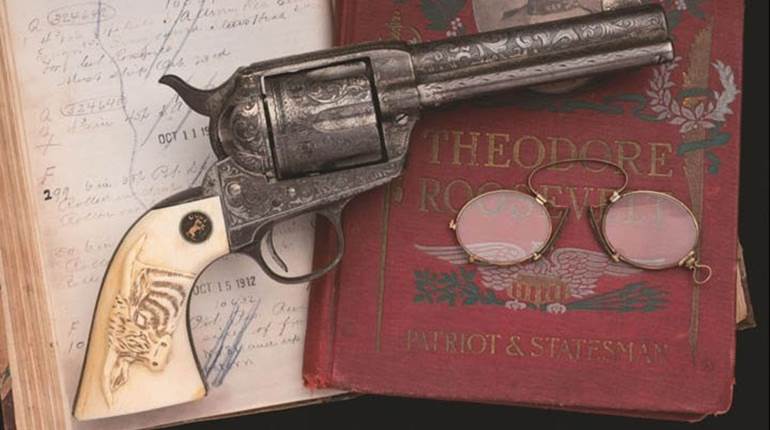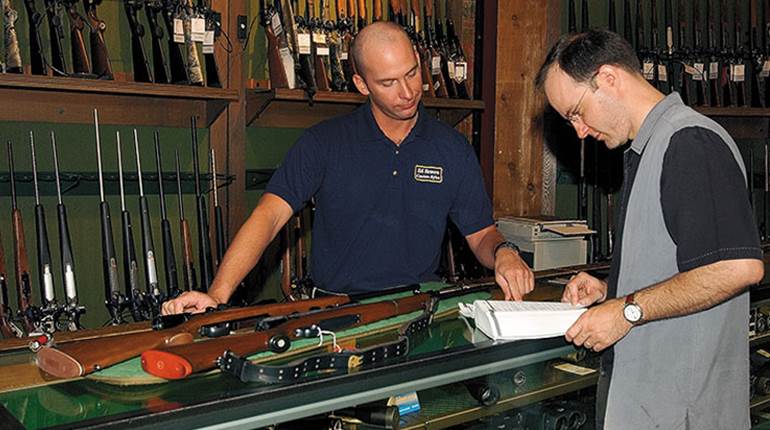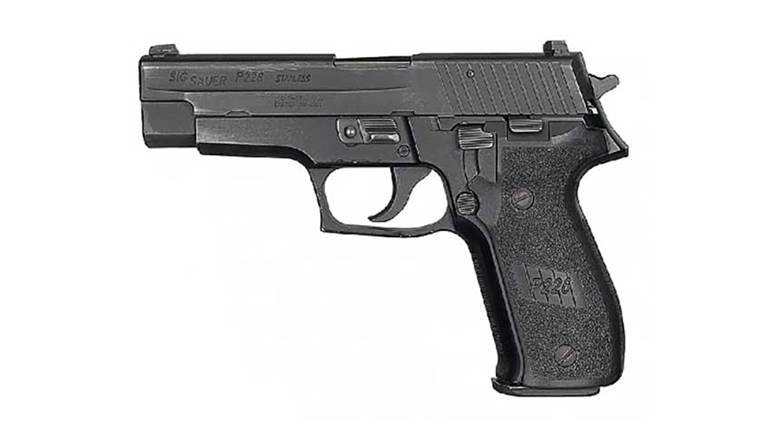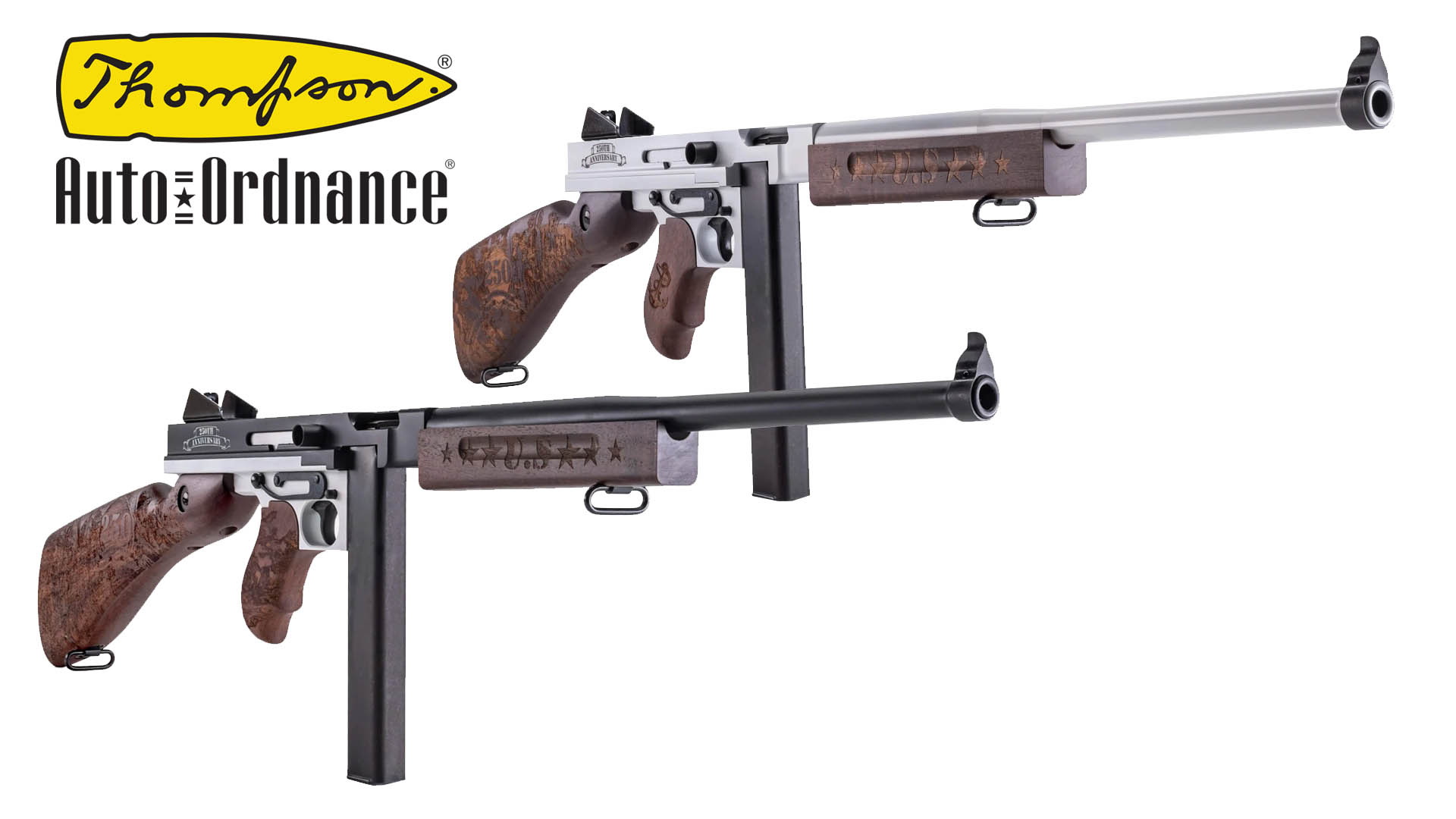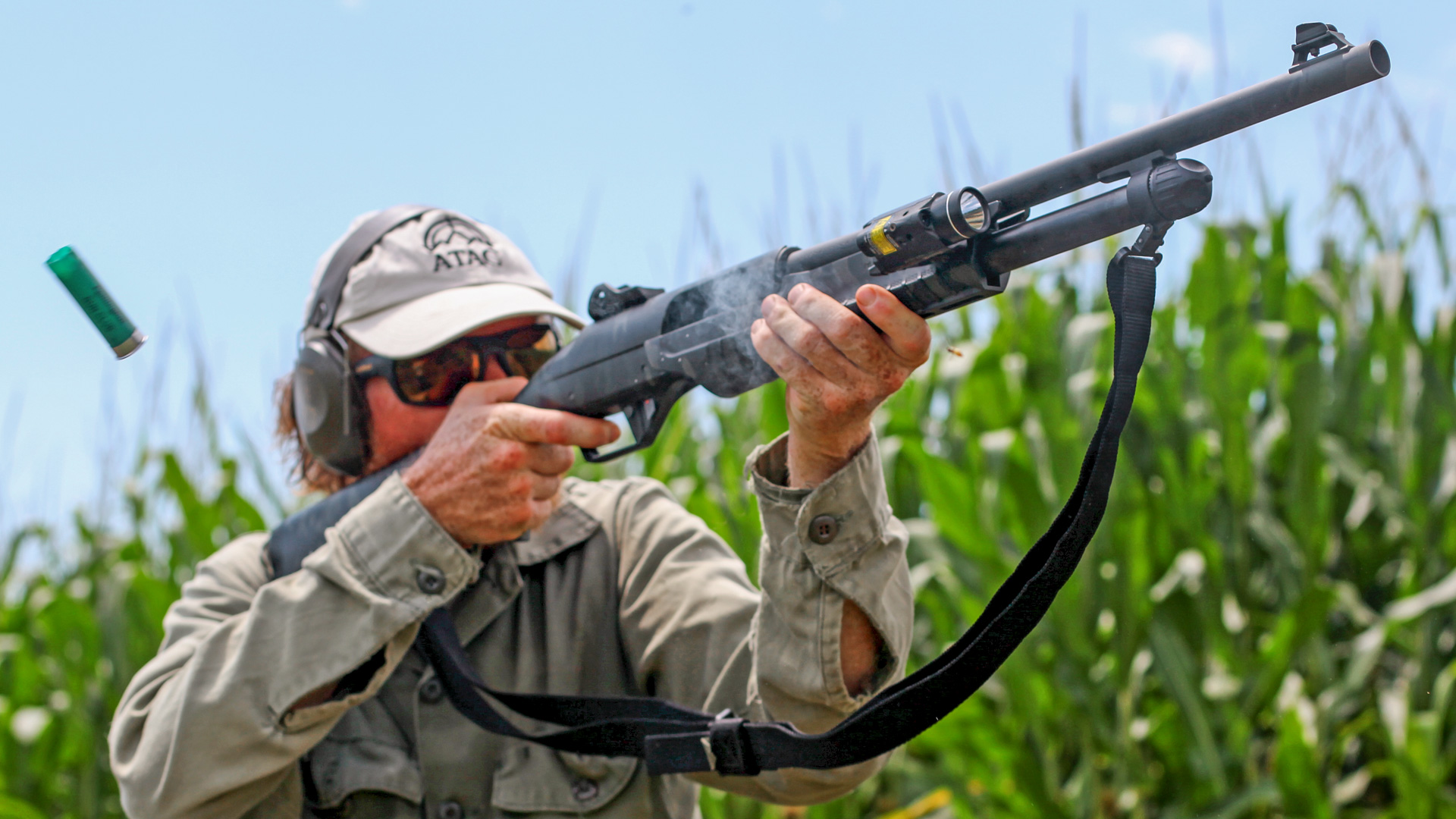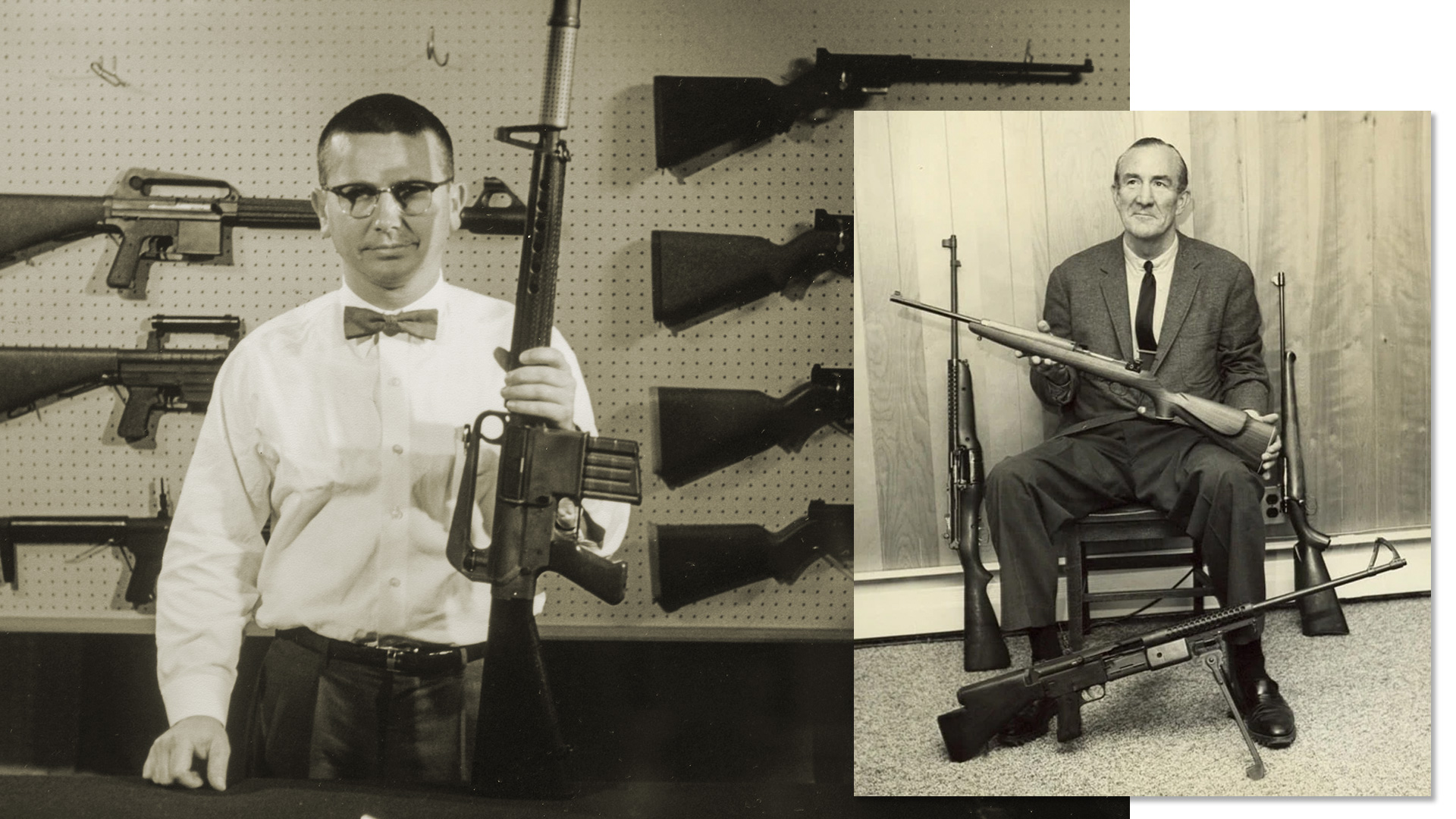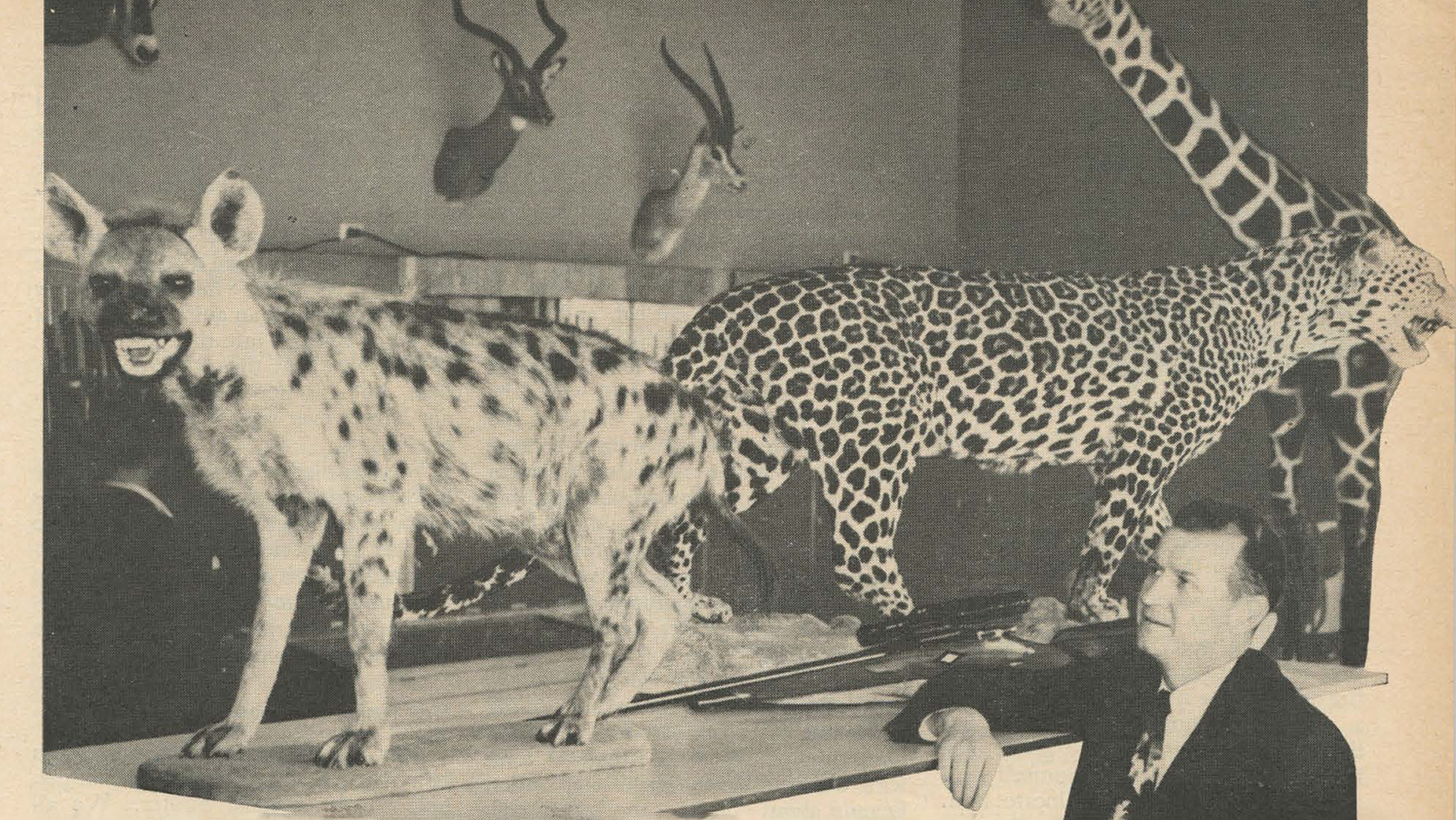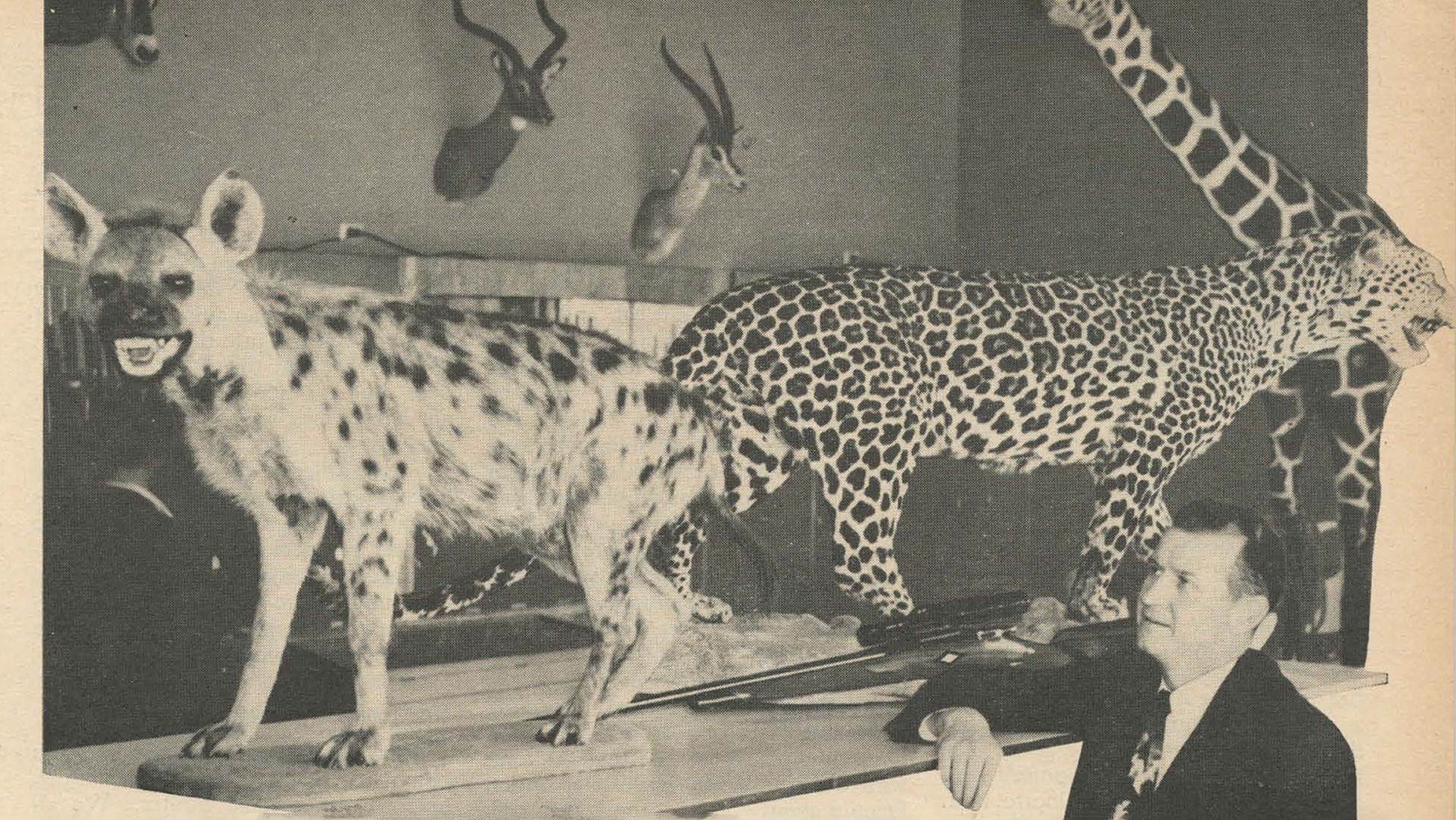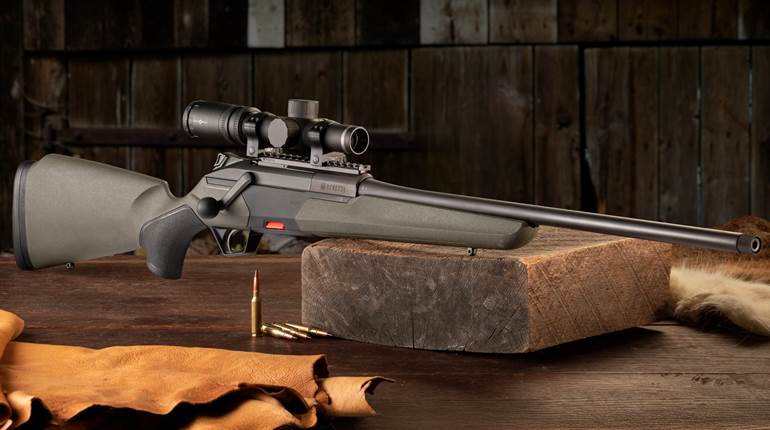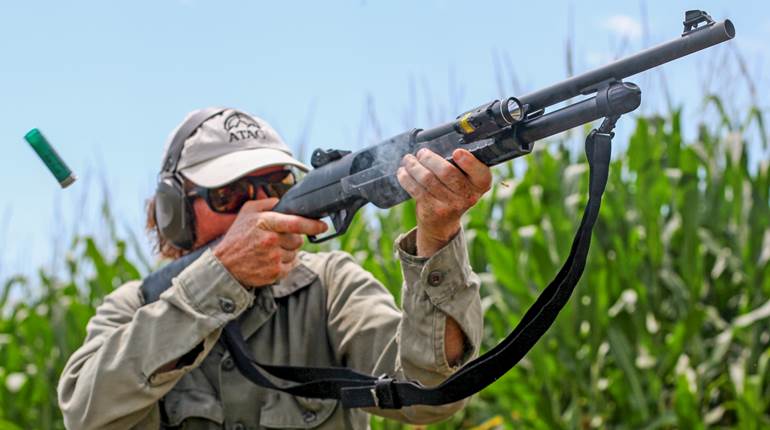
Lying there on the gun shop's counter is a used .30-'06 Sprg. bolt-action mounted with what is supposed to be a pretty good used scope. You're going with your buddies on a deer hunt out West and didn't want to mortgage the house to buy a new rifle and a high-tech scope. The friendly guy behind the counter convinced you to part with your hard-earned cash for the used rifle.
But now you're having second thoughts. You're thinking, "Was buying a used rifle and scope the right decision? Did I just get taken to the cleaners?" The answer to the first question is "yes," it is possible to get a good used scoped rifle for less than you can buy one new.
The answer to the second question is "Maybe." There are definitely things to know and things to look for when shopping for a used rifle. I ought to know, because I grew up as one of those friendly guys behind the gun shop counter.
My grandfather started the family gun shop: Hatfield's Sporting Goods, in the old river town of St. Joseph, Mo., in 1920. Mom helped grandma with the books and grandpa, dad and my uncle manned the counter. During my childhood, at any given time we had over 1,000 guns on the rack—trap, skeet, field-grade shotguns, .22s, varmint rifles, target rifles, deer rifles and even a couple of heavy bolt guns for African hunting—most of them used.
The men of the family were gun traders of the true essence and I was put to work behind the counter every day after grade school. Many of our customers brought in guns to trade, and I was taught how to methodically inspect a used gun, what to look for and what to avoid. Back then, trading was the easiest way to get value out of a used gun, but times have changed and there are now a number of options.

When buying a used rifle, cash is king and price is often negotiable, so if you have a trade-in, it's often better and usually more profitable to sell it. One of the best places to turn old guns into new cash is on the internet.
Several websites have recently been established specifically for selling used guns. GunBroker.com is a gun auction website where you can put your gun up for auction to web surfers across the nation. There's no charge, but if your gun sells, GunBroker takes a small percentage fee.
However, if you don't want to hassle with the internet, there are auction houses such as Rock Island Auction Company that specialize in auctioning guns. A third alternative to trading in is selling your gun on consignment. Most gun shops do consignment sales these days, putting your gun on their rack and taking a small percentage when it sells.
Now, you've cashed in that old shotgun and, with green-backs clenched in your fist, you're ready to go cut a deal on a used rifle...almost. The most popular centerfire rifles on the used market are bolt-actions, and the majority of them were produced in popular deer-hunting calibers such as .30-'06 Sprg., .270 Win. and .308 Win.
American manufacturers such as Ruger, Browning, Winchester, Remington, Savage and several others have been making good bolt guns for decades; there are a lot of good used ones on the market, but values can vary greatly depending on the company, model, year of production and even the caliber.
If you're not a gun trader, the best way to get a handle on current used gun prices is to buy a copy of the Blue Book of Gun Values, and take it with you when you go shopping. Along with the book, take a bore light. You may not be able to tell if a rifle's bore is really good by looking at it, but you can certainly tell if it's really bad.
Now you're ready; armed with the gun value book, bore light and cash, head to the local gun shop and get your feet wet. You don't have to buy a rifle on your first visit. Besides, shopping for a rifle is a lot of fun, so take your time.
I've found that most guys who work in gun shops are in that line of work more from the heart than from the head. They like guns, like to talk about guns and are usually more than willing to help someone less knowledgeable. Having spent decades on the other side of the gun shop counter, I can assure you that if you tell that helpful fellow that you're shopping for a used bolt-action deer rifle, you don't have a trade-in and you brought cash, you'll get his undivided attention.
Once you have his attention, he'll probably ask you how much you want to spend. At this point, don't lock yourself into too narrow a price range. A good answer might be, "I'm willing to spend up to X, but I want a good used bolt-action with a good scope, in something around a .30-'06 Springfield."
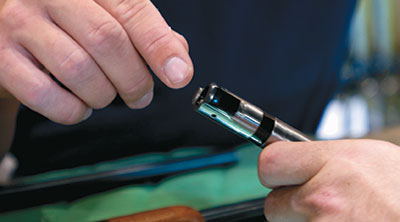
Once the shop owner lays out a few to look at, pick one and start checking it out in detail. First, though, with the rifle pointed in a safe direction, cycle the action several times and inspect the chamber and magazine to ensure the gun is unloaded. Then look the rifle over for general wear, cracks in the stock, burred screw heads, missing parts and general signs of abuse, amateur gunsmithing or neglect.
If the rifle appears to be in good overall shape, check to ensure it's not loaded, point it in a safe direction, then throw it to your shoulder and look through the scope. You'll immediately be able to tell if the stock has been shortened, if the stock's comb has been modified, if the barrel and action are straight and properly mounted in the stock, and if the scope is clear and the crosshairs perpendicular to the action.
Next, work the action. The bolt handle should lift smoothly without binding. The bolt body should slide rearward effortlessly, with no tight or rough spots. If the action works well, remove the bolt and inspect the bolt face. The firing pin hole should be perfectly round; the locking lugs should be concentric, smooth and free of burrs, chips and cracks.
Test the extractor spring with your thumb; the spring should be sufficiently stiff to not move under thumb pressure. Closely inspect the extractor claw for chips and cracks. An extractor flexes more than any working part of the rifle and is the part that fails most often, so inspect if very carefully.
With a bore light, inspect the barrel's chamber for any obvious irregularities such as pitting. Remove the bolt, place the bore light into the breech end of the barrel and look down the bore from the muzzle. Again, you probably won't be able to tell if the bore and rifling are really good, but you will be able to see if they are really bad.
If the bore is pitted or the rifling scarred, don't buy it at any price. Without an accurate barrel, you don't have a rifle. While you're looking at the muzzle end of the barrel, carefully inspect the barrel's crown. It should be perfectly concentric, smooth and free of dents, burrs or imperfections. A bad crown means poor accuracy, in most cases. If the rifle in question has passed these inspections, it's time to try the trigger.

The trigger can tell a lot about the rifle in many cases. First ask the clerk if you can dry-fire the rifle and test the safety. With the action cocked, if the rifle has a two-position safety, move it into the rear on-safe position and pull the trigger, the rifle should not fire. If the rifle has a three-position safety, the safety should be "on" in both the rear and middle positions. If the safety functions properly, push the safety "off," mount the rifle and slowly squeeze the trigger.
The trigger should have no creep and break crisply at a reasonable pull weight of 4 or 5 lbs. If the trigger pull is very light, the factory trigger has been modified or an aftermarket trigger installed. This can be good or bad.
A modified trigger might mean that the former owner of the rifle was more than just a casual hunter and perhaps the rifle has been very heavily used and doesn't have a lot of barrel life left. On the other hand, it might mean that the rifle has had a lot of loving care and the former owner just wanted something different.
In any case, most reputable gun dealers will guarantee their used guns; if they don't, shop elsewhere. Once you have narrowed your selection down by inspection and price range, the quality of the scope might be the factor on which you make your final decision.
Weaver, Redfield, Leupold, Burris and Bushnell have been the predominant quality scope companies in America for decades. If the rifle has one of these brands on it, chances are it's good—though there are plenty of other quality makers. However, question the clerk about the scope, find out if it's still made and what the new retail price is. Also make sure there is some kind of guarantee on the scope, because if the scope is bad, a new one can cost as much as a used rifle.

At this point you've been to all of the gun shops in the area and have a Model 77 Ruger, .270Win with a 3-9X Redfield picked out that the shop owner claims hasn't had a box of cartridges through it. You've looked up the rifle in the Blue Book of Gun Values, you know what the scope is worth, and the shop owner will guarantee the whole rig. With an asking price of just over half the price of a new rifle and scope, you've already got a great deal, but now you're not just an average customer, you're a gun trader, and it's deal time.
You'll need ammo, a good sling and possibly a soft case. Put these things with the rifle, and in your best poker-faced southern drawl, ask the merchant what he'll take for the works. Even if he gives you a good price, you might bid him something a little less. If he balks, show him your bankroll.
That strategy doesn't always work, but speaking from experience behind the gun counter, it always puts the negotiations on a serious footing and, what the heck, he expects it, because that's how you buy a used rifle.












